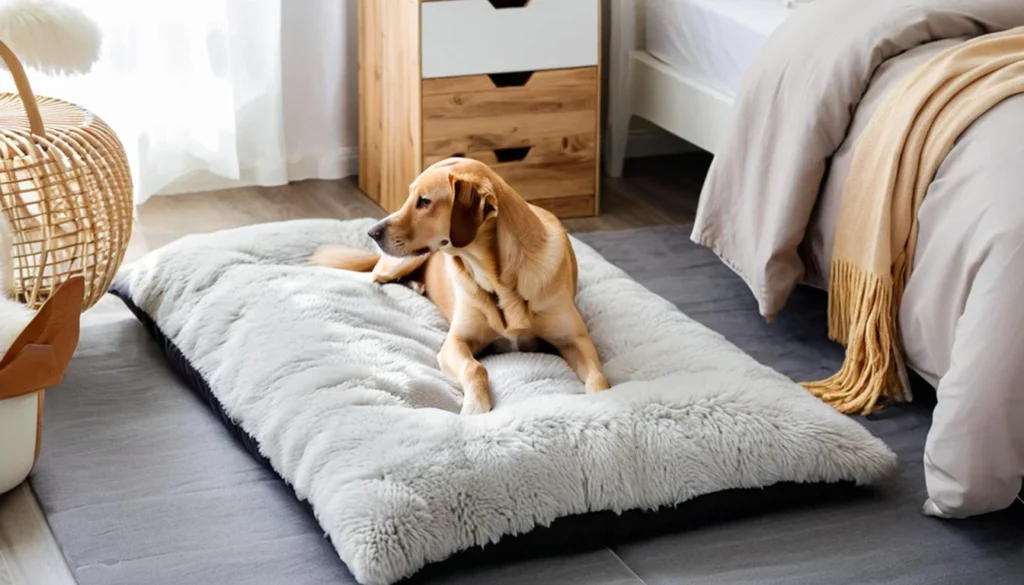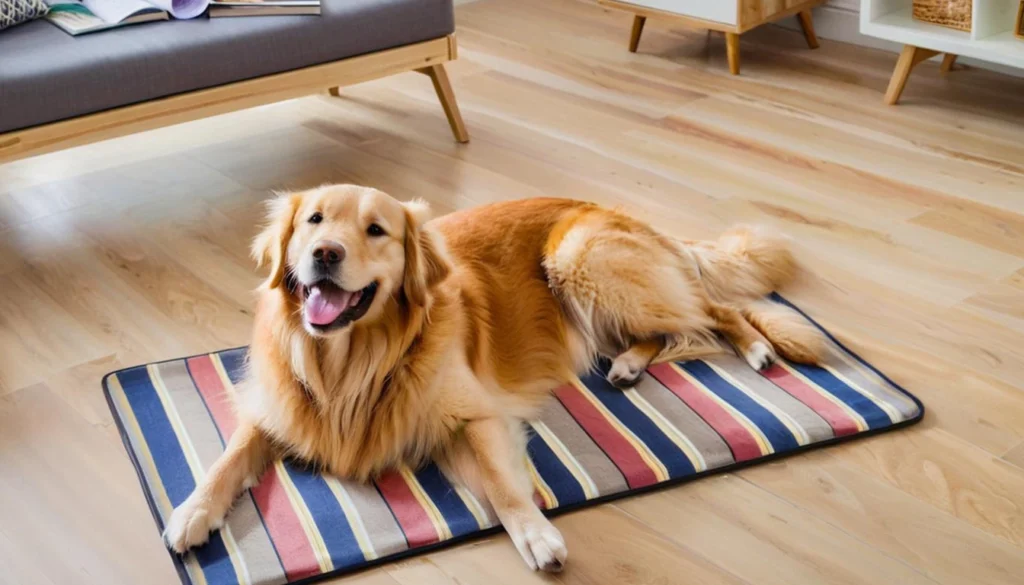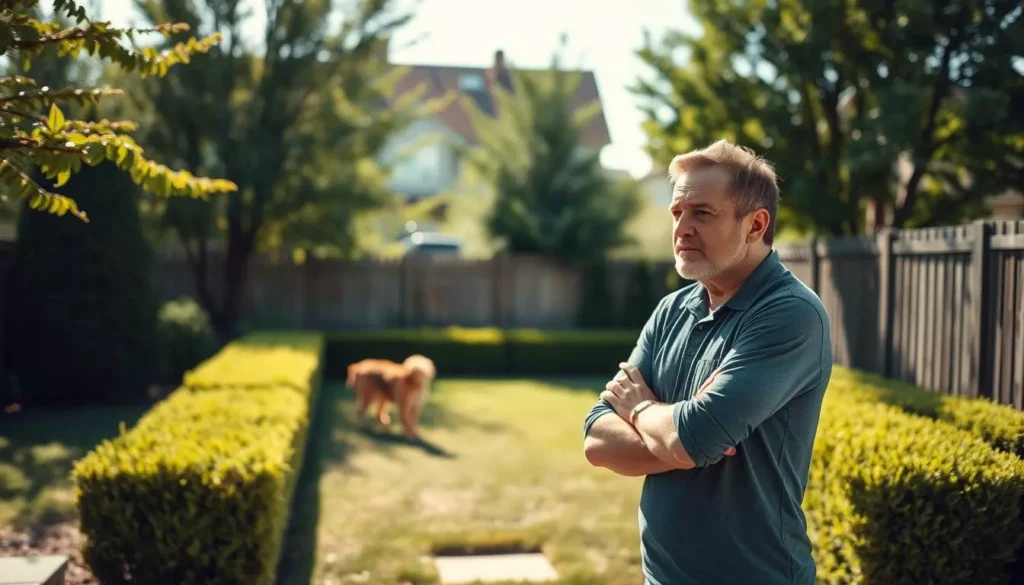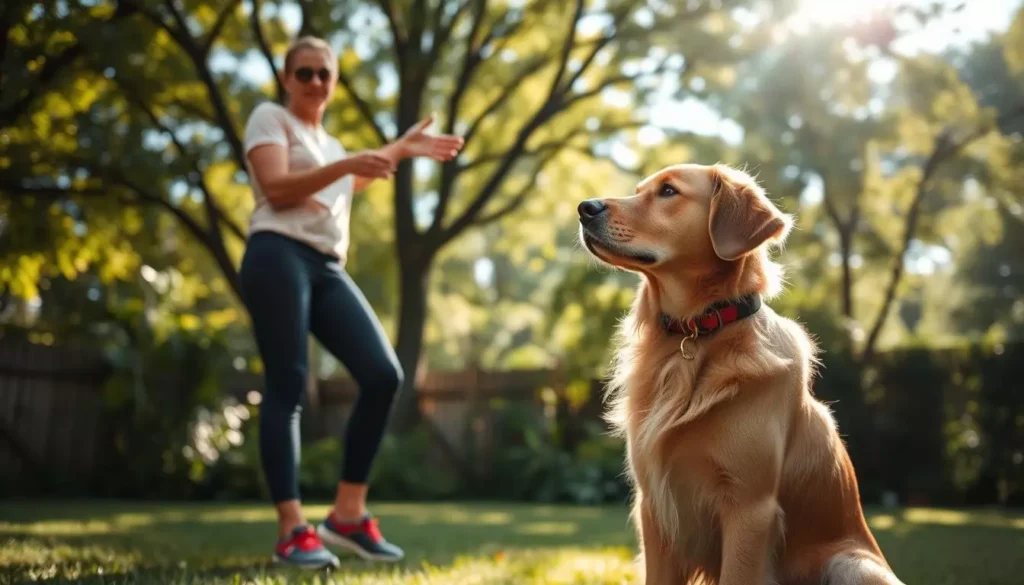As winter nights get longer, I often check on my furry friend. I wish I could wrap them in warmth and comfort. Seeing my dog sleep peacefully, all snuggled up, reminds me how important it is to keep them warm.
Just like us, dogs need a cozy place to rest and recharge. In this article, we'll look at ways to keep your pup warm and cozy. We'll cover dog winter care and the best cozy dog bedding options. Let's find out how to make sure your dog has a snug and warm sleep.
Key Takeaways
- Ensure your dog's sleeping area is warm and draft-free.
- Consider quality dog bedding as a crucial part of dog winter care.
- If your dog shows signs of being cold, take action to keep them warm.
- Explore different types of bedding and blankets to enhance comfort.
- Understand the importance of monitoring indoor temperatures for your dog.
- Look into heated options for extra warmth during the coldest nights.
Understanding Your Dog's Comfort Needs
As a dog owner, I've learned that knowing what makes my dog comfortable is key to their happiness. Dogs, just like people, have their own sleep preferences. Things like breed, age, and health affect how they stay warm at night.
Big dogs often have thick fur that keeps them warm. But small or short-haired dogs might get cold easier. Puppies and older dogs need extra care because they can't control their body heat as well. Making a cozy spot for them to sleep can really help.
Watching how my dog acts in the cold helps me know what they need. By paying attention to their nighttime behavior, I can make their sleeping area better. A warm and comfy space lets them sleep soundly all night. Knowing these things helps me make sure my dog is happy and warm.
Do Dogs Get Cold at Night?
As a dog owner, I often wonder, do dogs get cold at night? The answer is a resounding yes. Dogs can indeed feel cold, especially during chilly nights. Breeds like greyhounds and chihuahuas, known for their thin coats and low body fat, may be more vulnerable to the cold. It’s crucial to think about their comfort; after all, their natural body temperature is around 101-102.5°F, which is higher than ours.
Cold weather dog safety becomes a priority when temperatures drop. Keeping my furry friend indoors during the night can make all the difference. Dogs left outside or in unheated spaces may struggle to maintain their body heat, leading to discomfort or even health risks. Recognizing when my pup might be feeling chilly is essential for their overall well-being.
Just like us, dogs prefer a comfortable sleeping environment. Ensuring my dog’s temperature comfort means providing them with a warm, cozy spot to rest at night. A well-insulated home and the right bedding can significantly improve their comfort levels. Let’s prioritize our pups and keep them warm for sweet dreams each night.

How to Keep Dog Warm at Night
As a caring pet owner, I know how important it is to ensure my dog stays warm at night. Recognizing signs of cold in dogs can make a significant difference in their comfort level. Watching for behaviors like shivering, whining, or curling up tightly can help determine if my dog is feeling chilly. These indicators suggest it's time to intervene and create a warmer environment for them.
Recognizing Signs of Cold in Dogs
When my dog starts showing behavioral shifts, it's crucial to pay attention. Common signs signify their discomfort due to the cold. I often observe the following behaviors:
- Shivering or trembling
- Whining or vocalizing more than usual
- Curling up tightly or seeking a warm spot
- Slower movements or reluctance to go outside
By being vigilant, I can quickly identify when my furry friend is too cold and take action to remedy the situation.
Temperature Guidelines for Canine Comfort
I find it helpful to keep in mind the temperature guidelines for dogs to ensure their wellbeing. Ideally, the indoor temperature should remain above 50°F for optimal comfort. When it dips below this threshold, my focus shifts to making sure my dog feels snug. Simple changes like providing cozy bedding in a warmer part of the house can have a significant impact. Ensuring they have a warm place to rest can help keep those winter chills at bay.
Choosing the Right Dog Bed
When picking the best bed for my dog, a quality dog bed is key. It's not just about comfort; it's about my dog's health too. A good dog bed keeps my pup warm and safe from cold floors.
Importance of a Quality Dog Bed
A quality dog bed makes a big difference in my dog's comfort. These beds are made of durable materials and have the right cushioning. This means my dog stays warm and cozy, even on chilly nights.
It's also important to choose a bed that's easy to clean. A bed that lasts long makes keeping it clean simple. This keeps my dog's sleeping area clean and welcoming. Choosing the right bed shows I care about my pet's needs.
How to Elevate Your Dog's Sleeping Area
Putting my dog's bed on a raised platform adds comfort and safety. Raised beds keep my dog warm and prevent cold drafts. They also improve airflow, making sleep better. Many designs fit different sizes and breeds.
On a budget? Adding blankets to an existing bed works too. A few blankets make a cozy, elevated spot for my dog. It's a budget-friendly way to give my pup a comfy place to rest.

| Feature | Benefits |
|---|---|
| Material | Durability and ease of cleaning |
| Cushioning | Support and comfort for joints |
| Elevation | Protection from cold drafts |
| Size Options | Accommodates various dog breeds |
Providing Cozy Blankets and Bedding
Blankets are key to keeping my dog cozy, especially when it's cold. They not only warm my furry friend but also give them a sense of safety. I often wonder, does my dog need a blanket at night? Usually, yes, especially for sensitive pups who feel the cold.
Does My Dog Need a Blanket at Night?
Whether your pup needs a blanket depends on their age, size, and breed. Older dogs or those with short fur might need more warmth. Small dogs also benefit from blankets for extra insulation. Watching my dog's behavior at night helps me decide if they need a blanket.
Best Types of Blankets for Dogs
I look for dog blankets that are easy to clean and safe. There are many types, like fleece for warmth and cotton for cooler nights. Some brands make blankets that last longer. The right blanket improves my dog's sleep and comfort.
Utilizing Heated Bed Options
Keeping my dog warm is crucial, and heated beds are key. There are electric and non-electric options. Each has its own benefits and meets different needs. Choosing the right one depends on my dog’s likes and safety.
Electric vs. Non-Electric Heated Options
Electric heated beds keep my dog warm all night. They can be set to different temperatures for comfort. Brands like K&H Pet Products and PetFusion are reliable choices.
Non-electric options, like heated blankets, offer warmth without electricity. They're great for places without outlets. They're also portable, making them perfect for any location.
Safety Tips for Heated Dog Beds
When it comes to heated dog beds, safety is paramount. Always check for frayed wires or overheating. Following the manufacturer's instructions is crucial for safe use.
- Place the heated bed in a dry area to prevent moisture buildup.
- Monitor the bed periodically to ensure it remains at a comfortable temperature.
- Switch off the electric heated beds when not in use for added safety.

Can Dogs Sleep in Bed With You?
Sharing a bed with my dog makes nights warmer and cozier. Dogs sleep with us for more than just warmth. It's about the bond we share, which strengthens our relationship.
Benefits of Sharing Sleep Space
Sharing a bed with dogs has many benefits. These include:
- Increased warmth during cooler nights.
- Enhanced feeling of safety and security for both you and your dog.
- Strengthened emotional bonds through close physical contact.
Some owners sleep better knowing their dog is close. Dogs offer companionship that can ease stress and anxiety.
Maintaining Boundaries if Needed
While having my dog in bed is great, setting boundaries is key. Dogs may not always understand sleep rules. Here are some tips:
- Establish a separate bed nearby for your dog.
- Teach commands for getting on or off the bed, as needed.
- Gradually transition them to sleep in their own space if that makes for a more restful night.
Whether dogs sleep in bed with you depends on your comfort and sleep habits. Finding a balance between sharing a bed and setting boundaries is crucial for a good night's sleep for both.
How to Keep a Dog Warm in a Crate
Keeping a dog warm in a crate is key during cold months. A well-prepared crate keeps your furry friend cozy. It's important to make some crate comfort adjustments for a warm haven.
Enhancing Crate Comfort
Use soft bedding and insulating blankets to warm up the crate. These add comfort and keep your dog warm. Choose materials that hold heat well. Place the crate in a spot away from drafts, like near a heater, to keep your pup cozy.
When to Use a Crate for Warmth
Use a crate after walks or baths to keep your dog warm. It's great after coming home from a cold outing. This is especially helpful in winter, providing a safe, warm spot.
The Role of Dog Sweaters and Pajamas
As the weather gets colder, dog sweaters and dog pajamas for cold nights are key to keeping my furry friend warm. These clothes are not just cute; they also keep small or short-haired dogs cozy. I watch how my dog feels in the cold to know when to dress them up.
When Should I Put a Sweater on My Dog?
Several things tell me when my dog needs a sweater. If they shiver, act restless, or seek warm spots, they need extra warmth. On windy or rainy days, a dog sweater is a must for our walks.
Choosing the Right Fit and Style
Finding the right fit for a dog sweater or pajamas is crucial. The clothes should fit well but still let my dog move freely. They should be able to walk, run, and play without any issues. I choose soft, breathable fabrics that keep them warm but not too hot. Plus, matching their style with fun colors and patterns makes it fun for both of us.
Outdoor Winter Dog Gear
When I take my dog outside in winter, I make sure he has the right gear. The cold can be tough, and the right accessories make a big difference. Insulated dog coats are key, keeping him warm without limiting his movement.
Essential Gear for Cold Weather
Choosing the right gear for cold weather is important. Waterproof jackets and thermal fleece layers keep dogs warm and dry. Dog boots protect their paws from icy surfaces and harsh salt.
It's important to make sure these items fit well. This way, my dog doesn't feel restricted.
Protecting Your Dog’s Paws from Frostbite
Paw care is crucial in winter. Frostbite can happen if dogs walk on cold surfaces too long. I use paw wax to prevent dryness and cracking.
Regularly checking my dog's paws for injuries is part of my winter routine.
Keeping Indoor Environments Warm
A warm home is key to keeping dogs cozy inside. As it gets colder, we must make our homes warm and welcoming. Small changes can make a big difference in making a space comfy.
Tips for Keeping Dog Warm Indoors
- Adjust your heating system to maintain a steady temperature.
- Seal windows and doors to prevent cold drafts from entering.
- Use rugs or blankets on cold floors to provide extra warmth.
- Encourage your dog to stay in warmer rooms, especially during chilly nights.
- Consider using a space heater in rooms your dog frequents, ensuring safety precautions are followed.
Importance of Environment Temperature Control
Keeping the temperature right indoors is crucial for my dog's comfort and health. Extreme cold can make them uncomfortable. It's important to create a cozy environment that makes them feel safe.
Regularly checking the room temperature helps meet their needs all year.
| Temperature Range | Dog's Comfort Level |
|---|---|
| Above 70°F | Typically Comfortable |
| 60°F - 70°F | Generally Comfortable but may need extra warmth |
| 50°F - 60°F | Potentially Uncomfortable; monitor for signs of cold |
| Below 50°F | Risk of Hypothermia |
Monitoring and Maintaining Dog Health
As winter comes, keeping my dog healthy is key. It's important to watch their nutrition closely, especially in cold weather. A good diet boosts their immune system and keeps them active and warm.
Why Nutrition Matters in Cold Weather
In winter, dogs need more energy to stay warm. I choose high-quality dog food with proteins, vitamins, and omega fatty acids. These help their immune system and keep their coat healthy, preventing dry skin.
Using Moisturizers for Dry Skin
Cold weather can make dogs' skin dry. Using natural moisturizers is crucial for winter care. I look for products with aloe vera or coconut oil. Applying a gentle moisturizer helps protect their skin from winter's harshness. Regular grooming also helps spread natural oils, preventing dryness.
When Your Dog Has Trouble Sleeping
If my dog has trouble sleeping, it tells me they might not be comfortable. It could be due to dog sleeping issues or anxiety. Many dogs chew on their blankets when they're not feeling well.
Why Does My Dog Chew on My Blanket?
Chewing on blankets is a common question when I see it. It's a way for dogs to calm themselves. When they're restless or anxious, they might chew on familiar things like blankets.
Behavioral Signs of Cold Discomfort
It's important to notice if my dog is uncomfortable. If they shiver, whine, or move a lot, they might be too cold. This can make it hard for them to sleep well.
Being aware of these signs helps me make their sleeping area warmer and cozier.
Conclusion
Keeping my dog warm at night is more than just a bed. It's about their comfort, the right bedding, and even clothes for the season. Every little change helps my dog sleep better and feel safe.
There are many ways to make my dog cozy at night. From blankets to heated beds, I've found what works best for them. It's key to pick what they like, as what's good for one dog might not be for another.
With these tips, I can make a warm and loving space for my dog. I focus on their needs to ensure they're happy and comfortable at night. This way, my dog can rest well and feel loved.




